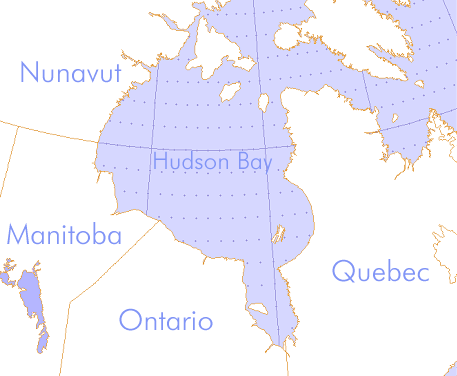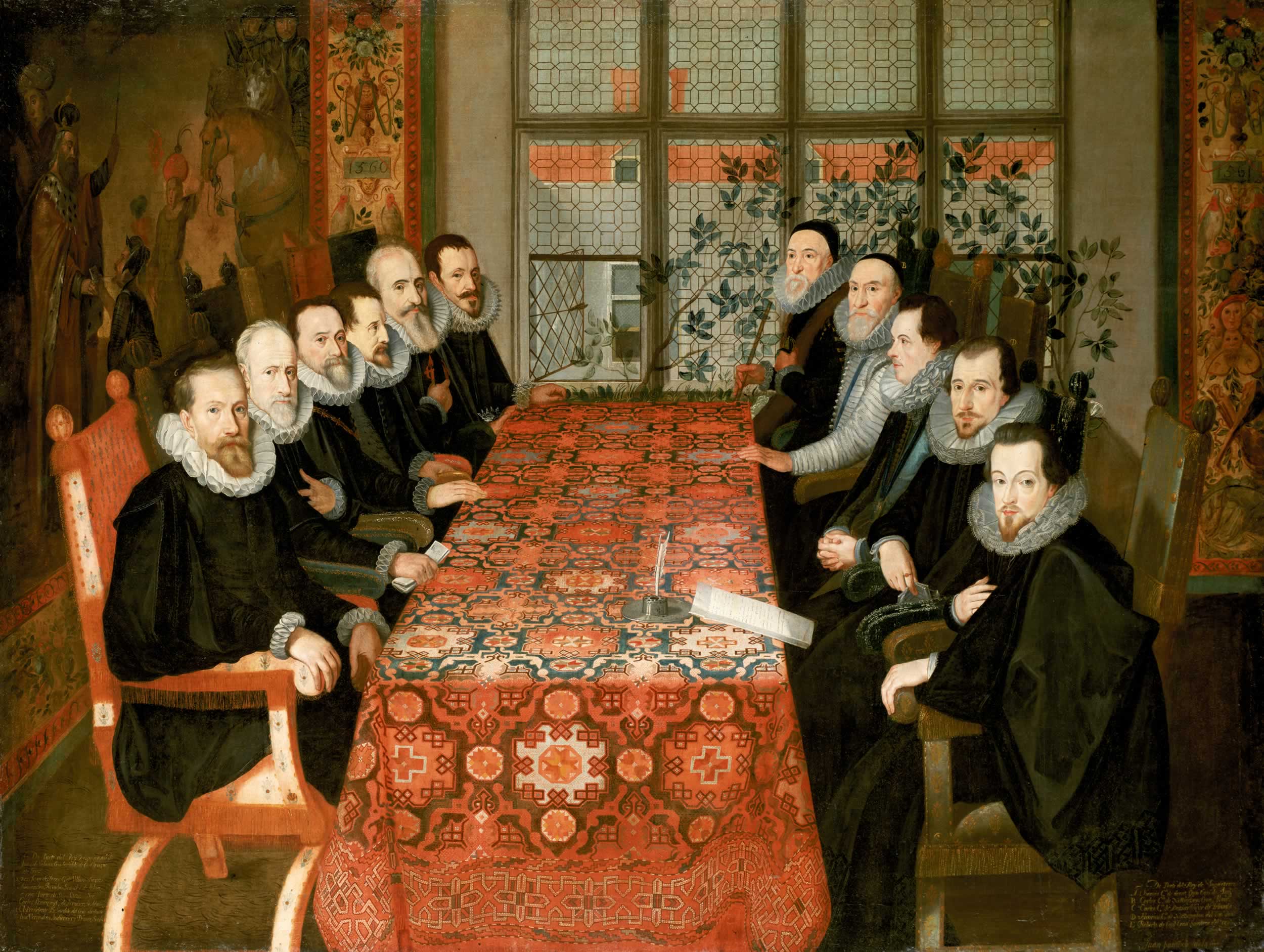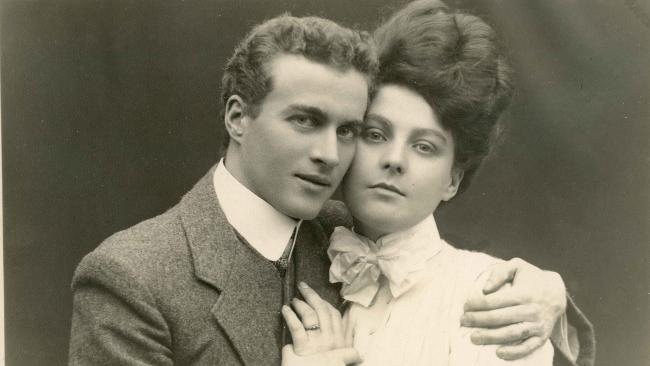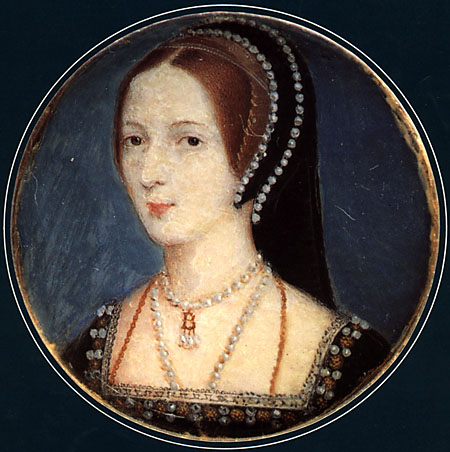|
September 1
Events Pre-1600 * 1145 – The main altar of Lund Cathedral, at the time the seat of the archiepiscopal see of all the Nordic countries, is consecrated. *1173 – The widow Stamira sacrifices herself in order to raise the siege of Ancona by the forces of Emperor Frederick Barbarossa. *1355 – King Tvrtko I of Bosnia writes ''In castro nostro Vizoka vocatum'' from the Old town of Visoki. *1449 – Tumu Crisis: The Mongols capture the Emperor of China. * 1529 – The Spanish fort of Sancti Spiritu, the first one built in modern Argentina, is destroyed by indigenous people. *1532 – Lady Anne Boleyn is made Marquess of Pembroke by her fiancé, King Henry VIII of England. 1601–1900 *1604 – Adi Granth, now known as Guru Granth Sahib, the holy scripture of Sikhs, is first installed at Harmandir Sahib. * 1610 – Claudio Monteverdi's musical work ''Vespro della Beata Vergine'' (''Vespers for the Blessed Virgin'') is first published, prin ... [...More Info...] [...Related Items...] OR: [Wikipedia] [Google] [Baidu] |
1145
Year 1145 ( MCXLV) was a common year starting on Monday of the Julian calendar. Events By place Levant * Spring – Seljuk forces led by Imad al-Din Zengi capture Saruj, the second great Crusader fortress east of the Euphrates. They advance to Birejik and besiege the city, but the garrison puts up a stiff resistance. Meanwhile, Queen-Regent Melisende of Jerusalem joins forces with Joscelin II, count of Edessa and approaches the city. Zengi raises the siege after hearing rumours of trouble in Mosul. He rushes back with his army to take control. There, Zengi is praised throughout Islam as "defender of the faith" and ''al-Malik al-Mansur'', the "victorious king". * Raymond of Poitiers, prince of Antioch, travels to Constantinople to ask Emperor Manuel I Komnenos for help to support his campaign against the Seljuks. When he arrives, Raymond is forced to accept the suzerainty of the Byzantine Empire. Manuel treats him graciously, gives him gifts and promises him a m ... [...More Info...] [...Related Items...] OR: [Wikipedia] [Google] [Baidu] |
Sancti Spiritu (Argentina)
Sancti Spiritu was a fortification established in 1527 near the Paraná River by the explorer Sebastian Cabot. It was the first European settlement in the territory of modern Argentina and was destroyed by Amerindians (Native Argentines) two years later. Antecedents The voyage of Juan Díaz de Solís explored the Río de la Plata, along the coast of Uruguay. In 1516, Solís disembarked on the Uruguay coast shortly after entering the Uruguay River, along with six other men. The local Charrúas saw them and killed them in a swift surprise attack. A boy, Francisco del Puerto, was spared because of his young age. The remaining sailors left and returned to Europe. Del Puerto, who was left behind, lived for ten years among the indigenous people. He was rescued by a subsequent European voyage led by Sebastian Cabot. Del Puerto told Cabot rumors of a "white king" and a mountain of silver that was located north of the Paraná River. Cabot considered the tale to be true, and dropped ... [...More Info...] [...Related Items...] OR: [Wikipedia] [Google] [Baidu] |
Claudio Monteverdi
Claudio Giovanni Antonio Monteverdi (baptized 15 May 1567 – 29 November 1643) was an Italian composer, choirmaster and string instrument, string player. A composer of both Secular music, secular and Church music, sacred music, and a pioneer in the Origins of opera, development of opera, he is considered a crucial Transition from Renaissance to Baroque in instrumental music, transitional figure between the Renaissance music, Renaissance and Baroque music, Baroque periods of music history. Born in Cremona, where he undertook his first musical studies and compositions, Monteverdi developed his career first at the court of Mantua () and then until his death in the Republic of Venice where he was ''maestro di cappella'' at the basilica of St Mark's Basilica, San Marco. His surviving letters give insight into the life of a professional musician in Italy of the period, including problems of income, patronage and politics. Much of List of compositions by Claudio Monteverdi, Monteve ... [...More Info...] [...Related Items...] OR: [Wikipedia] [Google] [Baidu] |
1610
Some have suggested that 1610 may mark the beginning of the Anthropocene, or the 'Age of Man', marking a fundamental change in the relationship between humans and the Earth system, but earlier starting dates (ca. 1000 C.E.) have received broader consensus, based on high resolution pollution records that show the massive impact of human activity on the atmosphere. Events January–March * January 6 – ''Nossa Senhora da Graça'' incident: A Portuguese carrack sinks near Nagasaki, after fighting Japanese samurai for four nights. * January 7 – Galileo Galilei first observes the four Galilean moons of Jupiter: Ganymede, Callisto, Europa and Io, but is unable to distinguish the latter two until the following day. * February 24 – English courtier Thomas Roe sets out on an expedition to The Guianas and Amazon River. * March 13 – Galileo Galilei's treatise on astronomy, ''Sidereus Nuncius'', the first printed scientific record of observations thr ... [...More Info...] [...Related Items...] OR: [Wikipedia] [Google] [Baidu] |
Harmandir Sahib
The Golden Temple is a gurdwara located in Amritsar, Punjab, India. It is the pre-eminent spiritual site of Sikhism. It is one of the Holy place, holiest sites in Sikhism, alongside the Gurdwara Darbar Sahib Kartarpur in Kartarpur, Pakistan, Kartarpur, and Gurdwara Janam Asthan in Nankana Sahib. The Temple tank, ''sarovar'' (holy pool) on the site of the gurdwara was completed by the fourth Sikh Guru, Guru Ram Das, in 1577. In 1604, Guru Arjan Dev, Guru Arjan, the fifth Sikh Guru, placed a copy of the Adi Granth in the Golden Temple and was a prominent figure in its development. The gurdwara was repeatedly rebuilt by the Sikhs after it became a target of Persecution of Sikhs, persecution and was destroyed several times by the Mughal Empire, Mughal and invading Durrani Empire, Afghan armies. Maharaja Ranjit Singh, after founding the Sikh Empire, rebuilt it in marble and copper in 1809, and overlaid the sanctum with gold leaf in 1830. This has led to the name the Golden Temple. ... [...More Info...] [...Related Items...] OR: [Wikipedia] [Google] [Baidu] |
Sikh
Sikhs (singular Sikh: or ; , ) are an ethnoreligious group who adhere to Sikhism, a religion that originated in the late 15th century in the Punjab region of the Indian subcontinent, based on the revelation of Guru Nanak. The term ''Sikh'' has its origin in the Sanskrit word ', meaning 'seeker', or . According to Article I of Chapter 1 of the Sikh ''Rehat Maryada'' (), the definition of Sikh is: Any human being who faithfully believes in One Immortal Being Ten Gurus, from Guru Nanak Sahib to Guru Gobind Singh Sahib The Guru Granth Sahib The utterances and teachings of the ten Gurus and The initiation, known as the Amrit Sanchar, bequeathed by the tenth Guru and who does not owe allegiance to any other religion, is a Sikh. Male Sikhs generally have '' Singh'' () as their last name, though not all Singhs are necessarily Sikhs; likewise, female Sikhs have '' Kaur'' () as their last name. These unique last names were given by the Gurus to allow Sikhs to stand out ... [...More Info...] [...Related Items...] OR: [Wikipedia] [Google] [Baidu] |
Guru Granth Sahib
The Guru Granth Sahib (, ) is the central holy religious scripture of Sikhism, regarded by Sikhs as the final, sovereign and eternal Guru following the lineage of the ten human gurus of the religion. The Adi Granth (), its first rendition, was compiled by the fifth guru, Guru Arjan (1564–1606). Its compilation was completed on 29 August 1604 and first installed inside the Golden Temple in Amritsar on 1 September 1604. Baba Buddha was appointed the first Granthi of the Golden Temple. Shortly afterwards Guru Hargobind added Ramkali Ki Vaar. Later, Guru Gobind Singh, the tenth Sikh guru, added hymns of Guru Tegh Bahadur to the Adi Granth and affirmed the text as his successor. This second rendition became known as the Guru Granth Sahib and is also sometimes referred to as the Adi Granth.Adi Granth Encyclopaedia Brit ... [...More Info...] [...Related Items...] OR: [Wikipedia] [Google] [Baidu] |
1604
Events January–March * January 1 – The earliest recorded performance of William Shakespeare's play ''A Midsummer Night's Dream'' takes place at Hampton Court prior to the main presentation, ''The Masque of Indian and China Knights'', which is performed by courtiers of King James. * January 14 – The Hampton Court Conference is held between James I of England, the Anglicanism, Anglican bishops and representatives of the Puritans. Work begins on the Authorized King James Version of the Bible and revision of the Book of Common Prayer. * February 14 – James VI and I, King James of England denounces the Roman Catholic Church after learning from one of his spies, Anthony Standen (spy), Sir Anthony Standen, that Queen Anne has been sent a rosary from the Pope. * February 17 – King James issues an order for all Jesuits and all Roman Catholic priests to leave his kingdom by March 19. * February 24 – At Linköping in Sweden, the Riksdag declares ... [...More Info...] [...Related Items...] OR: [Wikipedia] [Google] [Baidu] |
Henry VIII Of England
Henry VIII (28 June 149128 January 1547) was King of England from 22 April 1509 until his death in 1547. Henry is known for his Wives of Henry VIII, six marriages and his efforts to have his first marriage (to Catherine of Aragon) annulled. His disagreement with Pope Clement VII about such an annulment led Henry to initiate the English Reformation, separating the Church of England from papal authority. He appointed himself Supreme Head of the Church of England and dissolution of the monasteries, dissolved convents and monasteries, for which he was List of people excommunicated by the Catholic Church, excommunicated by the pope. Born in Greenwich, Henry brought radical changes to the Constitution of England, expanding royal power and ushering in the theory of the divine right of kings in opposition to papal supremacy. He frequently used charges of treason and heresy to quell dissent, and those accused were often executed without a formal trial using bills of attainder. He achi ... [...More Info...] [...Related Items...] OR: [Wikipedia] [Google] [Baidu] |
Engagement
An engagement or betrothal is the period of time between the declaration of acceptance of a marriage proposal and the marriage itself (which is typically but not always commenced with a wedding). During this period, a couple is said to be ''fiancés'' (from the French), "betrothed", "intended", "affianced", "engaged to be married", or simply "engaged". Future brides and grooms may be called ''fiancée'' (feminine) or ''fiancé'' (masculine), "the betrothed", "wife-to-be" or "husband-to-be", respectively. The duration of the courtship varies vastly, and is largely dependent on cultural norms or upon the agreement of the parties involved. Long engagements were once common in formal arranged marriages, and it was not uncommon for parents betrothing children to arrange marriages many years before the engaged couple were old enough. This is still done in some countries. Many traditional Christian denominations have optional rites for Christian betrothal (also known as "blessing a ... [...More Info...] [...Related Items...] OR: [Wikipedia] [Google] [Baidu] |
Marquess Of Pembroke
Marquess of Pembroke was a title in the Peerage of England created by King Henry VIII for his future spouse Anne Boleyn. Background The then extinct title of Earl of Pembroke had been very significant for the House of Tudor. It was held by Henry VIII's grand-uncle, Jasper Tudor, and it referred to the birthplace of King Henry VII. Henry VIII decided to raise his lover to the dignity of a marquess prior to finally marrying her. He chose to grant her the Marquessate of Pembroke. Creation On Sunday, 1 September 1532, Anne Boleyn was granted the Marquessate of Pembroke and land, mostly in Wales, worth over £1,000. The investiture ceremony was performed by Henry VIII himself in Windsor Castle. The ceremony was an elaborate affair, witnessed by the highest ranking peers and clergy in the kingdom, including Thomas Boleyn, 1st Earl of Wiltshire and Thomas Howard, 3rd Duke of Norfolk, Anne's father and uncle respectively; Charles Brandon, 1st Duke of Suffolk (Henry's brother-in-law); ... [...More Info...] [...Related Items...] OR: [Wikipedia] [Google] [Baidu] |









